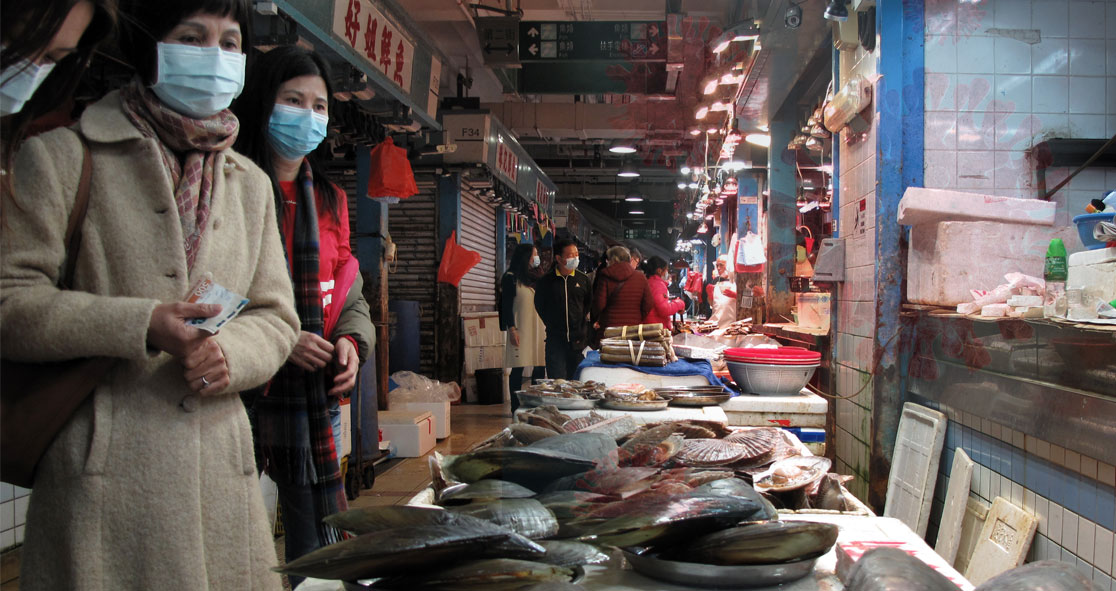A member of the World Health Organization (WHO) investigative team has said that wildlife farms in southern China are the most likely source of the COVID-19 pandemic, according to NPR.
Dr. Peter Daszak, the WHO member and the president of EcoHealth Alliance, said China had to shut down those wildlife farms in February 2020.
He traveled to China this year and found that these wildlife farms were supplying vendors at the Huanan Seafood Wholesale Market in Wuhan with animals, according to NPR.
Dr. Daszak told NPR the wildlife farms in southern China, including the ones in the Yunnan region, are part of a project that the Chinese government has been promoting for nearly 20 years.
He said, “They take exotic animals, like civets, porcupines, pangolins, raccoon dogs, and bamboo rats, and they breed them in captivity.”
The WHO is expected to publish the team’s findings in a couple of weeks. Meanwhile, Dr. Daszak told NPR about what the team has figured out.
He said, “China promoted the farming of wildlife as a way to alleviate rural populations out of poverty. It was very successful. In 2016, they had 14 million people employed in wildlife farms, and it was a $70 billion industry.”
In February 2020, the Chinese government made a complete about-face about the wildlife farms.
Dr. Daszak said, “What China did then was very important. They put out a declaration saying that they were going to stop the farming of wildlife for food.”
The government then shut down the farms. The WHO member said, “They sent out instructions to the farmers about how to safely dispose of the animals — to bury, kill or burn them — in a way that didn’t spread disease.”
Dr. Daszak believes that these wildlife farms could be the spot of spillover, where the virus was transmitted from a bat to another animal and then to people.
“I do think that SARS-CoV-2 first got into people in South China,” he added. “It’s looking that way.”
Huanan Seafood Wholesale Market in Wuhan was closed overnight on Dec. 31, 2019, because it was linked to cases associated with a mysterious pneumonia-like illness.
Prof. Linfa Wang, a virologist at Duke-NUS Medical School, Singapore, said, “There was massive transmission going on at that market for sure.”
Prof. Wang, who is also part of the WHO investigative team, said that after the outbreak at the Huanan market, Chinese researchers visited the market and looked for the virus, according to NPR.
“In the live animal section, they had many positive samples,” he added. “They even have two samples from which they could isolate live virus.”
Dr. Daszak explained, “China closes that pathway down for a reason. The reason was, back in February 2020, they believed this was the most likely pathway [for the coronavirus to spread to Wuhan]. And when the WHO report comes out … we believe it’s the most likely pathway too.” The article was originally published Monday on NPR.























